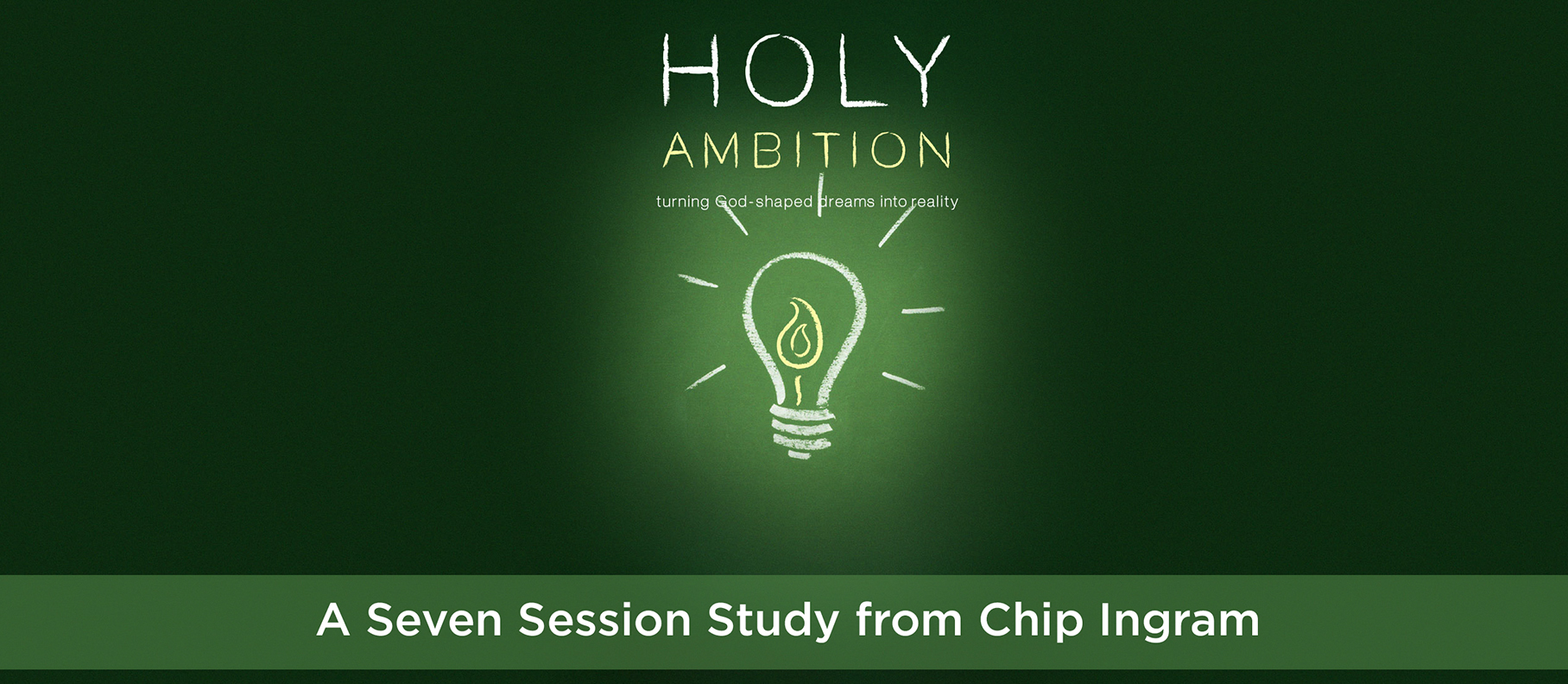Holy Ambition: Impact through Laser Focus
Impact through Concentration
The key to impact is concentration. –Pastor Chip Ingram
In his book, Holy Ambition, Pastor Chip Ingram provides an illustration of two types of people (and organizations) in this world when it comes to focus and concentration:
- Flaslights, and
- Laser Beams.
He goes on to explain that most people today are flashlights – diffused light going multiple directions with high frustration and lack of productivity.

On the other hand, laser beams do just a few things. But they do them really well. And while a laser can have a high impact and cut through a steel door, a flashlight might just help you see 30 feet.
Multiply, Amplify, Unify
A laser is just a wave of light. And to become an impactful, laser-focused wave of change requires coherence: the quality of forming a unified whole.
Scalability can be achieved by combining separate laser beams… Beams can only be combined if they are coherent with each other. Such beams can be combined actively or passively. (See Wikipedia: laser power scaling.)
This is exactly the approach taken by a local Christian nonprofit that I support - Transforming the Bay with Christ:
Our strategy is to UNIFY, AMPLIFY and MULTIPLY leaders in the Bay Area for Kingdom impact.
As one body with a multiplicity of functions, we can amplify our Kingdom efforts by unifying together. But this requires a certain level of coordination, collaboration, compromise, and synchronization.

Concentration through Elimination
The key to concentration is elimination. –Pastor Chip Ingram
In this day and age, our lack of concentration tends to stem from an inundation of distractions so the key to concentration is not always trying to concentrate more or focus more, but instead, to eliminate more.
There has never been a worst time in history where our time and attention has had such a breadth at the expense of depth. Data overload. Information overload. Work overload. Ministry overload.
Elimination, to me, doesn’t mean you can’t do it or shouldn’t do it. Elimination might just mean you shouldn’t do it right now.
Sometimes in order to go fast, you have to go slow.
About Multitasking
The Multitasking Illusion in Computers
I have a unique perspective and insight on multitasking because of my background in computer science. You see, computer multitasking has historically been just a carefully executed illusion orchestrated by your computer’s operating system.
Performing an action in a computer program delivers a certain number of instructions to the CPU for execution. But before an instruction can actually be executed, it has to line up in a queue that contains other instructions from all the other programs that you have running. Programs with higher priorities are allowed more execution time, while programs with lower priorities might only have a handful of instructions executed at a given time.
It’s this careful interleaving of instruction execution that creates the illusion of multitasking. Needless to say, a CPU can execute a bunch of instructions really fast every second.
This interleaving of instructions doesn’t come without a cost, however. In fact, before a program can even run, it has to load its data back into your computer’s memory every time it needs to run - this is called a context switch. Each program has to remember where it left off the last time it was being executed by your CPU. This continuous transfer of data is resource intensive and creates an overhead - the cost of multitasking.
But imagine if only one or two programs were running at a given time - so many more instructions would be flying through the CPU and a lot more would be accomplished in a shorter time.

How (and Why) to Stop Multitasking
Below are excerpts I’ve collected for my reference from How (and Why) to Stop Multitasking in the Harvard Business Review:
A study showed that people distracted by incoming email and phone calls saw a 10-point fall in their IQs. What’s the impact of a 10-point drop? The same as losing a night of sleep. More than twice the effect of smoking marijuana.
Doing several things at once is a trick we play on ourselves, thinking we’re getting more done. In reality, our productivity goes down by as much as 40%. We don’t actually multitask. We switch-task, rapidly shifting from one thing to another, interrupting ourselves unproductively, and losing time in the process.
You might think you’re different, that you’ve done it so much you’ve become good at it. Practice makes perfect and all that.
But you’d be wrong. Research shows that heavy multitaskers are less competent at doing several things at once than light multitaskers. In other words, in contrast to almost everything else in your life, the more you multitask, the worse you are at it. Practice, in this case, works against you.
I made significant progress on challenging projects, the kind that — like writing or strategizing — require thought and persistence. The kind I usually try to distract myself from. I stayed with each project when it got hard, and experienced a number of breakthroughs.
I became laser-focused on getting things done. Since I wasn’t doing anything else, I got bored much more quickly. I had no tolerance for wasted time.
What we neglect to realize is that we’re already using that brain power to pick up nuance, think about what we’re hearing, access our creativity, and stay connected to what’s happening around us. It’s not really extra brain power. And diverting it has negative consequences.
Use your loss of patience to your advantage. Create unrealistically short deadlines. Cut all meetings in half. Give yourself a third of the time you think you need to accomplish something.
There’s nothing like a deadline to keep things moving. And when things are moving fast, we can’t help but focus on them. How many people run a race while texting? If you really only have 30 minutes to finish a presentation you thought would take an hour, are you really going to answer an interrupting call?
What Next?
The following is a growing list of my blog posts in my journey to develop a holy ambition:
- Holy Ambition: Turning God-Shaped Dreams Into Reality
- Holy Ambition: Impact through Laser Focus
- Holy Ambition: Projects must be valuable to the worker
- People with a Holy Ambition Ask Questions
- stay tuned for more…

